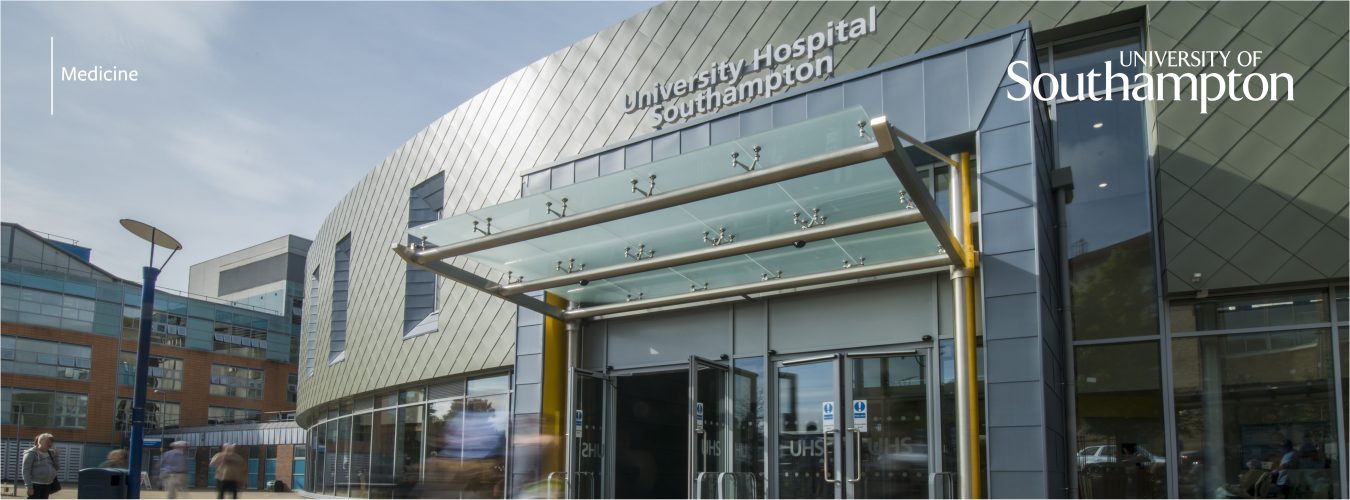By Dr Zoë Walters, Associate Professor in Translational Epigenomics
2020 was a significant year for everyone, and for many this brought paradigm shifting changes to both work and home life. One of the most impactful changes we made was the conscious decision to bring together two research teams to form our new, co-led team: the Innovation for Translation Research Group. The name reflects what we hoped to achieve; innovation in science, but also, maybe more importantly, innovation in the way that we do it.
The amalgamation of my research group with the group led by Tim Underwood, a surgical consultant, brought together our expertise from both the clinical and academic research spheres in an official partnership that we hoped would prove to be exponentially more productive and beneficial than working collaboratively, but as stand-alone teams. Three years on and we have started to reap the benefits of this decision, not only in terms of our academic achievements, but, most importantly, in the sense of community we have created within our team (more of this in a following blog!).
Working in academia can be a lonely experience, even when working as part of fruitful collaborations. The step from postdoc to team leader is a big one and the move from being part of a (in my case relatively large) team to one where you are leading on your own, sometimes with only a single technician, PhD student or postdoc working with you. And that’s if you’re lucky enough to have anyone in your brand-new team! Even as the team grows, many of the decisions and responsibilities fall on lone shoulders, and this can be very isolating, stressful and sometimes demotivating, especially when the pressures of home life are equally mounting.
Recently, my participation in the Women’s Development Programme as led me to reflect on how the co-leadership model has really worked for me. At the time I perhaps hadn’t fully grasped the significance of what we were doing, all the benefits that co-leading a team could bring beyond the perhaps obvious. Our leadership model brings together a clinician and a scientist, which hugely benefits the way we choose to do our research. But it’s more than this. As a working mother with very young children, it is challenging to meet all the demands that home life and work life bring to strike a truly workable and, dare I say it, happy life balance all round. However, this co-leadership model has really allowed me to do just that; I am less stressed than I have ever been in my academic career because there are two of us leading together. There are two people with two different skills sets for our team to consult, we have someone we trust to sound things out with and to call us out if we could and should be doing or acting better, and we have someone to share the workload and the burdens that an academic life brings with it. It’s a model I think everyone could and should adopt to make navigating this academic life easier and to do the very best for the people we work with and for.


